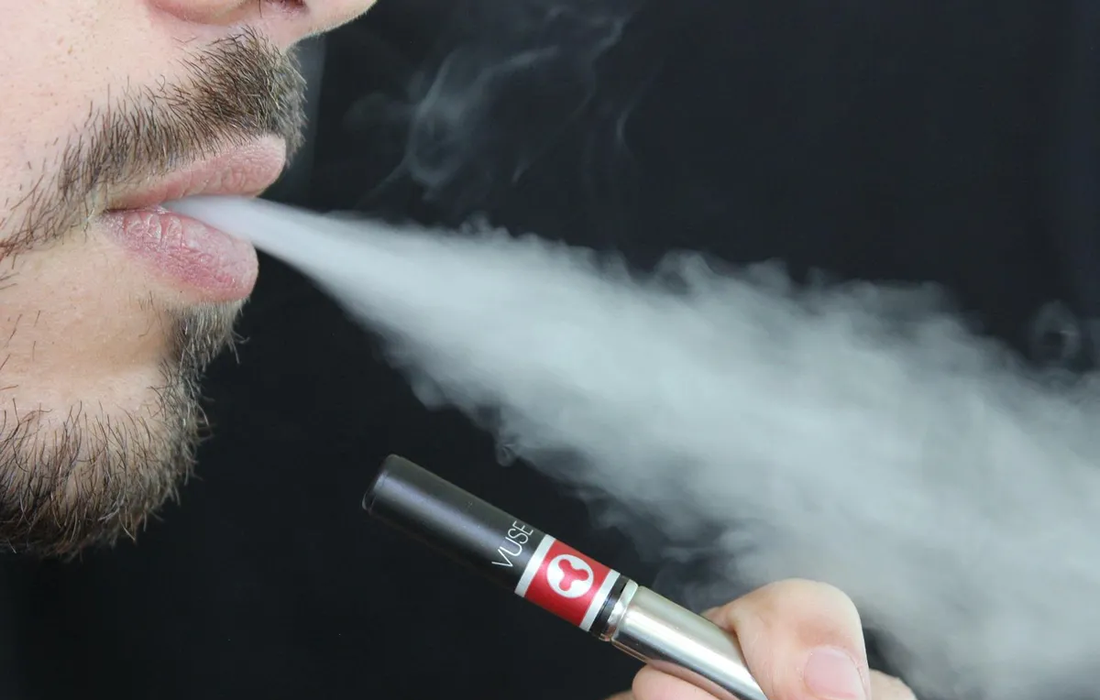Lifestyle
A Vaping Habit Could end up Leading to a Tarnished Smile
Over the last few years, public awareness has increased about the dangers of vaping to systemic health, particularly after the use of vaping devices was tied to lung disease. Some dental research has shown ties between e-cigarette use and increased markers for gum disease, and, separately, damage to the tooth’s enamel, its outer shell. But relatively little emphasis has been placed on the intersection between e-cigarette use and oral health, even by dentists.
One reason why e-cigarette use could contribute to a high risk of cavities is the sugar content and viscosity of vaping liquid, which, when aerosolized and then inhaled through the mouth, sticks to the teeth. (A 2018 study published in the journal PLOS One likened the properties of sweet-flavored e-cigarettes to gummy candies and acidic drinks.) Vaping aerosols have been shown to change the oral microbiome making it more hospitable to decay-causing bacteria. It’s also been observed that vaping seems to encourage decay in areas where it usually doesn’t occur — such as the bottom edges of front teeth.
A vaping habit could end up leading to a tarnished smile, and more frequent visits to the dentist
Research by faculty from Tufts University School of Dental Medicine led by Karina Irusa, assistant professor of comprehensive care and lead author on the paper, found patients who said they used vaping devices were more likely to have a higher risk of developing cavities.
This study, Irusa says, is the first known specifically to investigate the association of vaping and e-cigarettes with the increased risk for getting cavities. She and her colleagues analyzed data. from more than 13,000 patients older than 16 who were treated at Tufts dental clinics from 2019-2022.
While the vast majority of the patients said they did not use vapes, there was a statistically significant difference in dental caries risk levels between the e-cigarette/vaping group and the control group, Irusa found. Some 79% of the vaping patients were categorized as having high-caries risk, compared to just about 60% of the control group. The vaping patients were not asked whether they used devices that contained nicotine or THC, although nicotine is more common.
The researchers also suggest patients who use e-cigarettes should be considered for a more rigorous caries management protocol, which could include prescription-strength fluoride toothpaste and fluoride rinse, in-office fluoride applications, and checkups more often than twice a year.
It takes a lot of investment of time and money to manage dental caries, depending on how bad it gets. Once you’ve started the habit, even if you get fillings, as long as you continue, you’re still at risk of secondary caries. It’s a vicious cycle that will not stop.
SOURCE:
Karina F. Irusa, Matthew Finkelman, Britta Magnuson, Terence Donovan, Steven E. Eisen. A comparison of the caries risk between patients who use vapes or electronic cigarettes and those who do not. The Journal of the American Dental Association. Retrieved from:
https://jada.ada.org/article/S0002-8177(22)00577-3/fulltext
IMAGE:

